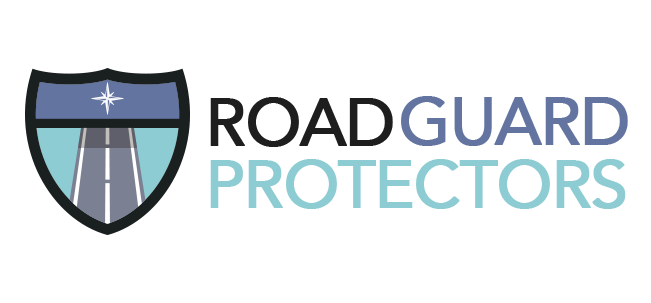Buying a new car is an exciting experience, but it can also come with financial risks, especially if the vehicle depreciates faster than expected. This is where gap insurance comes into play. In this article, we’ll explore what gap insurance is, why it’s important, and how it can protect you from potential financial losses.
What is Gap Insurance?
Gap insurance, short for Guaranteed Asset Protection insurance, is a type of coverage that bridges the gap between the amount you owe on your car loan or lease and the actual cash value (ACV) of your vehicle in the event of a total loss.
When you purchase a new car, its value begins to depreciate the moment you drive it off the lot. In the unfortunate event that your car is totaled or stolen, your auto insurance company will typically only reimburse you for the actual cash value of the vehicle at the time of the loss. However, if you owe more on your car loan or lease than the ACV of the vehicle, you could be left with a significant financial shortfall.
This is where gap insurance steps in. It covers the difference between what you owe on your car and what your insurance company pays out, helping you avoid being stuck with a hefty bill for a car you no longer have.
Why is Gap Insurance Important?
- Protects Against Depreciation: As mentioned earlier, cars depreciate in value over time. In the first few years of ownership, a new car can lose a significant portion of its value. If your car is totaled during this time, the insurance payout may not be enough to cover your outstanding loan balance.
- Covers High-Risk Loans: If you financed your car with a small down payment or a long loan term, you’re at a higher risk of owing more on your loan than the car is worth. Gap insurance provides added protection in these situations.
- Peace of Mind: Knowing that you won’t be left financially responsible for a car you no longer have can provide peace of mind and help you focus on moving forward after a loss.
How Does Gap Insurance Work?
When you purchase gap insurance, you typically have a few options for how to pay for it:
-
Through Your Lender: Some lenders offer gap insurance as part of the financing package when you buy or lease a new car. It’s added to your loan or lease payments, spreading the cost out over the life of the loan.
-
Through Your Insurance Company: Many insurance companies offer gap insurance as an optional coverage that you can add to your auto insurance policy. You’ll pay an additional premium for this coverage, but it’s often more affordable than purchasing it through your lender.
-
Through a Third-Party Provider: You can also purchase standalone gap insurance from third-party providers. This gives you more flexibility in choosing the coverage that best fits your needs and budget.
It’s important to note that gap insurance typically has limitations and exclusions, so be sure to carefully review the terms of your policy to understand what is and isn’t covered.

